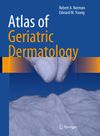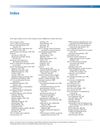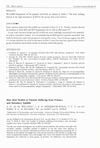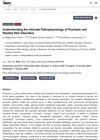Summaries of Papers
July 1973
in “
British Journal of Dermatology
”
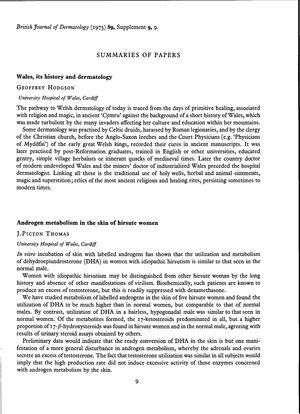
TLDR The document concludes that secondary syphilis cases are increasing and often misdiagnosed, pityriasis rubra pilaris can be distinguished from psoriasis by skin cell features, and different skin layers produce specific components during skin repair.
The document summarizes findings from three separate dermatological studies. The first study indicates that the incidence of secondary syphilis at St John's Hospital has increased over twenty years, with many cases being misdiagnosed, and highlights specific histological patterns that can aid in diagnosis. The second study differentiates pityriasis rubra pilaris (PRP) from psoriasis through histological examination of twenty biopsies, noting lower cell proliferation rates and distinct features in PRP. The third study, involving 150 human skin explants, reveals that the basal lamina and antigenic components of the junctional zone are produced by epidermal cells after repopulation, while the PAS-positive basement membrane is derived from the dermis.
